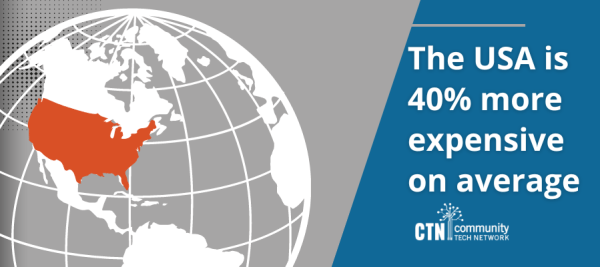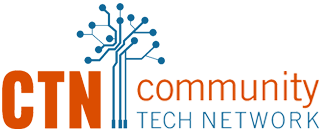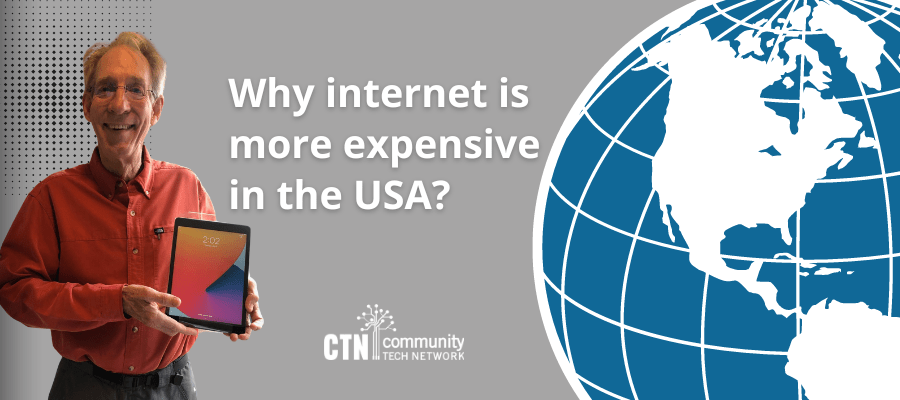In Argentina, data plans for cell phones are available for as little as $4.00 USD per month. How is this possible when Americans pay about $114 per month on average for their cell phone bills?

Argentina is not unique, as people across the globe are paying lower data prices than their U.S. counterparts. According to a recent study, U.S. data plans “are some of the most expensive in the world.” Americans pay about 40% more on average than folks living in France, Japan, and Israel, who enjoy comparable internet speeds.
The issue applies not only to cell phone data packages, but to home internet, or broadband access, as well. In part, this explains why 21 million Americans are offline: They simply cannot afford internet access.
So why does the internet cost so much more in the U.S. than in other countries?

One possible answer is the lack of competition.
The Milken Institute Review says that “Nearly two out of five U.S. households live in areas with only one or two internet service providers (ISPs) and 70 million Americans have only one choice. Contrast that with France, where everybody has a choice of at least four ISPs (and Parisians have 29!), or the U.K., where most people have a choice among six.”
In other words, if you live in an area with only one internet service provider, that company can basically charge whatever they want for their monthly services. People will pay because they have no other choice.
The federal government’s Affordable Connectivity Program is designed to lower the cost of internet services for low-income households. However, the program is still relatively new, and many individuals are either unfamiliar with it or uncertain of how to sign up. (If someone is not connected to the internet, they can’t quickly do a Google search to find information.) CTN helps eligible households sign up for the ACP and trains community leaders to become ACP enrollment specialists so that they too can help people enroll in the program.
The Affordable Connectivity Program definitely represents a step in the right direction. However, many ISPs are not incentivized to provide services to particular parts of the country, such as rural or low-income communities, since they assume that they will earn less profits in these areas. Several ISPs, including Google Fiber, are working to develop infrastructure in places that have been historically underserved, but much work remains to be done.
Photo: The Markup, 2020


Comments are closed.